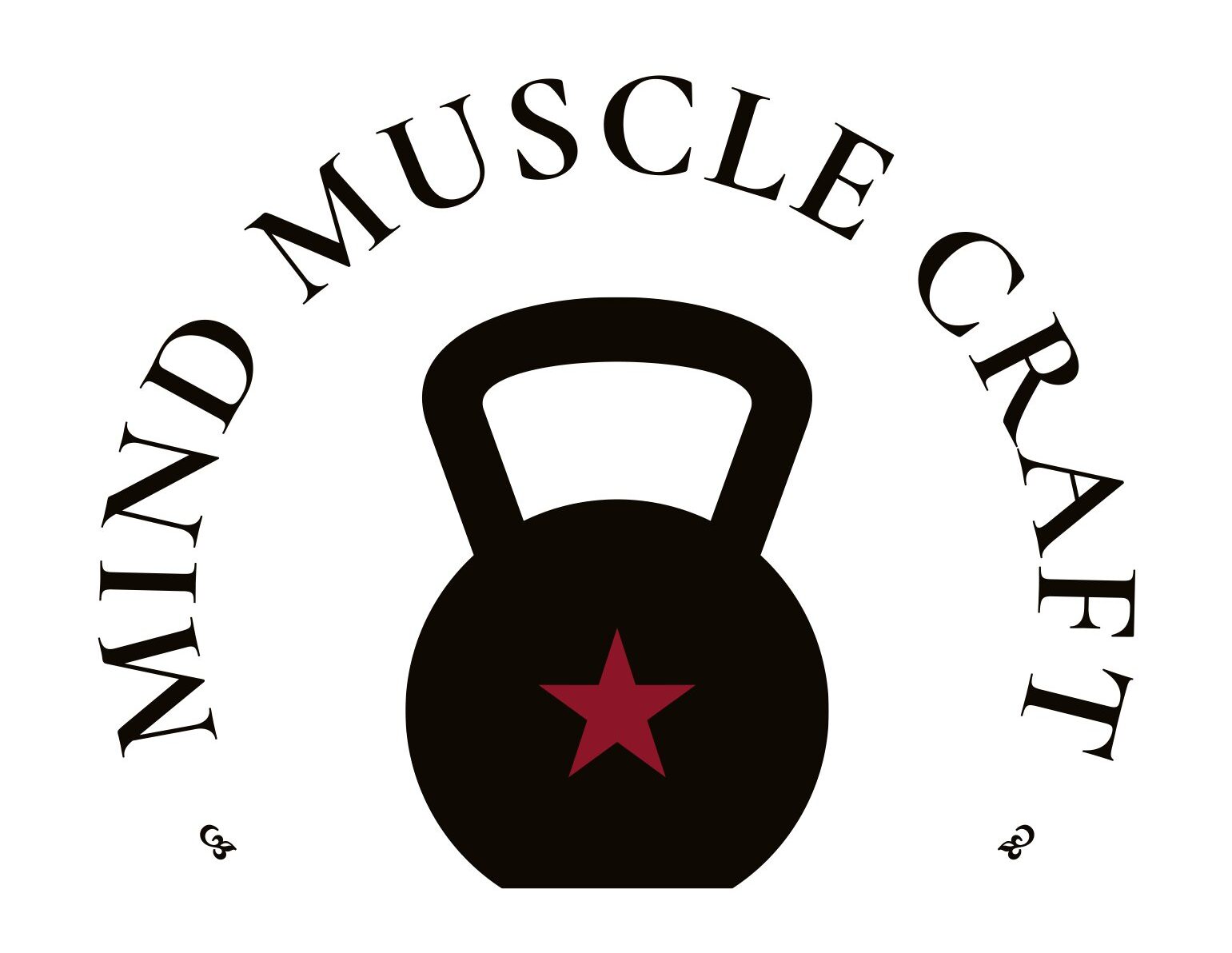Mastering Pelvic Alignment for Stronger Posture and Core Strength
The pelvis serves as the central hub of your body’s weight-bearing system, supporting the spine and connecting the upper and lower body. Understanding and maintaining correct hip placement are fundamental not only to spinal alignment but also to overall core strength. This knowledge is invaluable for everyone, as it enhances posture, reduces spinal pressure, and minimizes the risk of injury during daily activities and sports.
The Significance of Hip Placement:
Movements originating from your pelvis have a direct impact on your spine. Whether tilting backward or forward, moving side to side, or twisting, your pelvis triggers corresponding actions in your spine. Correct hip placement is the linchpin for maintaining good posture and supporting the intricate balance of your core muscles.
Challenges in Hip Mobility:
Achieving optimal hip mobility is essential for preventing compensations and imbalances during various activities. Tightness in the front of the hip may lead to an anterior tilt of the pelvis, an increased lordotic lumbar curve, and potential weakness in the hips, transferring unnecessary load to the knees. Conversely, tight hamstrings can result in a ribcage behind the pelvis, affecting lumbar stability.

Neutral Hip and Spinal Alignment:
In a “neutral” pelvis position, the hip bones align horizontally and vertically with the pubic bone. This balanced state provides a stable base for body movements, encouraging correct spinal alignment and balancing supporting muscles and joints. It is the ideal starting position for activities that promote spinal health and overall body balance.
Importance of Pelvic Floor Muscles:
Your pelvic floor muscles are integral to core strength and spinal stability. Beyond their role in controlling bodily functions, these muscles play a crucial role in activating core stabilizers like the transverse abdominis. Learning to control and activate the pelvic floor muscles is a key component of building core strength.
Activating Your Pelvic Floor Muscles:
- Lie on your back with your spine in a neutral position.
- Gently press the small of your back into the floor and tilt your pubic bone upward.
- Contract the muscles that control the flow of passing urine.
- Repeat the tension and release of these muscles 10–20 times, then relax.
Activating Your Transverse Abdominis:
- Lie facedown on a mat with a rolled-up towel beneath your head.
- Position your arms beside you, pointing forward, palms down, with your elbows bent at right angles.
- Draw your abdomen toward your spine in a slow controlled movement.
- Hollow your middle while keeping your hips and legs relaxed.
- Aim to contract your transverse abdominis around a third of the way in, ensuring it feels strong and stable.
Mastering pelvic alignment is a journey toward better posture, enhanced core strength, and a stable foundation for overall well-being. By understanding the dynamics of hip placement and incorporating targeted exercises, you empower yourself to move with confidence, reduce spinal strain, and mitigate the risk of injury. Start with these foundational practices, and unlock the potential for a stronger, more balanced you.


Recent Comments